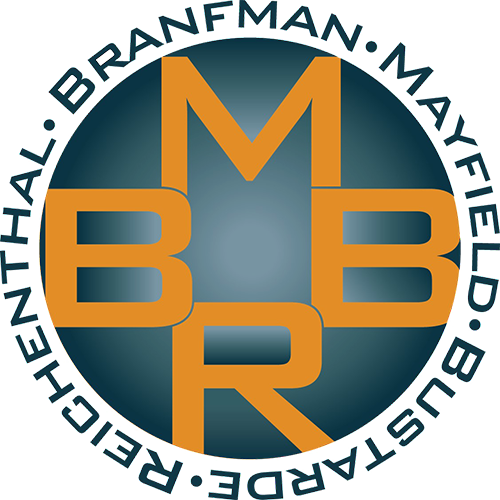For individuals and small businesses, the cost and complexity of federal court have historically made it difficult to pursue or defend against copyright infringement claims. The Copyright Alternative in Small-Claims Enforcement (CASE) Act of 2020 sought to remedy this by creating the Copyright Claims Board (CCB), a voluntary, streamlined alternative for resolving minor copyright disputes. Housed within the U.S. Copyright Office, the CCB launched in June 2022, offering a more accessible and affordable forum for certain “small claims”. How the CCB works:
The CCB is a three-member, quasi-judicial tribunal designed to resolve disputes virtually, without the need for parties to travel to Washington, D.C.
- Voluntary participation: A key feature of the CCB is that participation is voluntary for both sides.
- Claimants: Copyright holders, known as claimants, can choose to file with the CCB or proceed in federal court.
- Respondents: A respondent (the alleged infringer) has 60 days after receiving notice to opt out of the CCB proceeding. If a respondent opts out, the claimant must pursue the case in federal court if they wish to continue. If the respondent does not opt out, they are bound by the CCB’s determination.
- Case types: The CCB’s jurisdiction is limited to certain copyright-related claims, including:
- Copyright infringement.
- Claims seeking a declaration of non-infringement.
- Claims of misrepresentation under the Digital Millennium Copyright Act (DMCA).
- Damage caps: Monetary damages are capped at $15,000 per work, with a total limit of $30,000 per case. In federal court, by contrast, statutory damages can reach up to $150,000 for willful infringement. The CCB cannot issue injunctions, though it can enforce a settlement agreement for an infringer to stop certain activities.
- Streamlined process: The CCB is designed to be user-friendly and can be navigated without an attorney. The process features:
- Reduced discovery: Unlike federal court, discovery is limited to producing relevant information and documents. Depositions and subpoenas to third parties are generally not available.
- Online filing: Cases are managed through the electronic filing system, eCCB.
- No formal motions: The CCB avoids formal motions, which speeds up the process.
- Expert officers: CCB cases are heard by a panel of three Copyright Claims Officers who are experts in copyright law. For very small claims, seeking $5,000 or less, the process is even more streamlined and decided by a single officer.
—
Benefits and Drawbacks
The creation of the CCB offers several advantages but also presents some concerns.
Benefits
- Accessibility: The CCB provides a more financially accessible route for individual creators and small businesses to enforce their rights against infringement.
- Efficiency: Streamlined procedures and remote hearings save time and money for all parties involved compared to the lengthy process of federal litigation.
- Expertise: Having disputes heard by copyright experts, rather than generalist federal judges, can lead to more consistent and informed decisions.
- Limited risk for respondents: Accused infringers may choose to participate to benefit from the lower damages caps and limited legal costs.
Drawbacks and Risks
- For claimants: A respondent’s ability to opt out means a claimant’s case can be derailed, forcing them to file a more expensive federal lawsuit anyway. The limited damages may also not be sufficient for all copyright holders.
- For respondents: Critics express concern that unsophisticated internet users may be unaware of the opt-out mechanism and be trapped in a CCB proceeding.
- Limited legal protections: The CCB process, while simpler, lacks some of the protections of federal court, such as extensive discovery and robust appeal rights. The CCB’s determinations are also not considered legal precedent.
- Fair use concerns: Some worry that the lower barrier to filing may incentivize “copyright trolls” to target fair use and legitimate uses of content by individuals and
